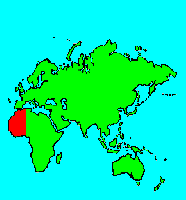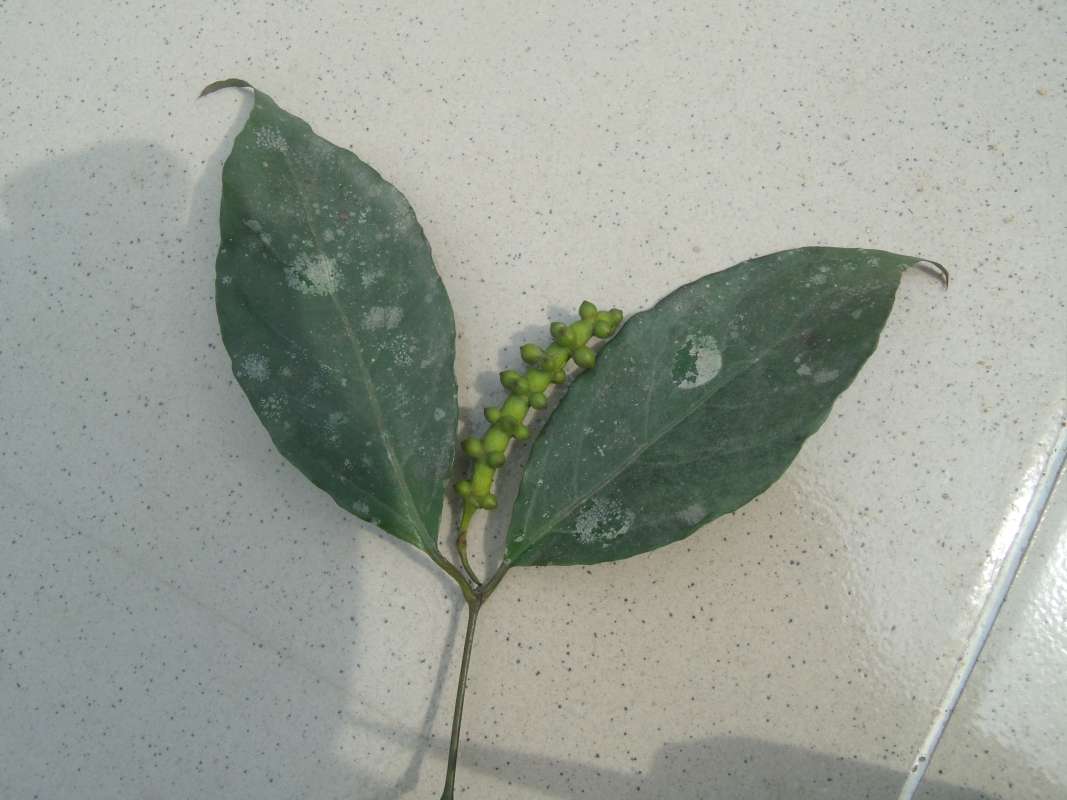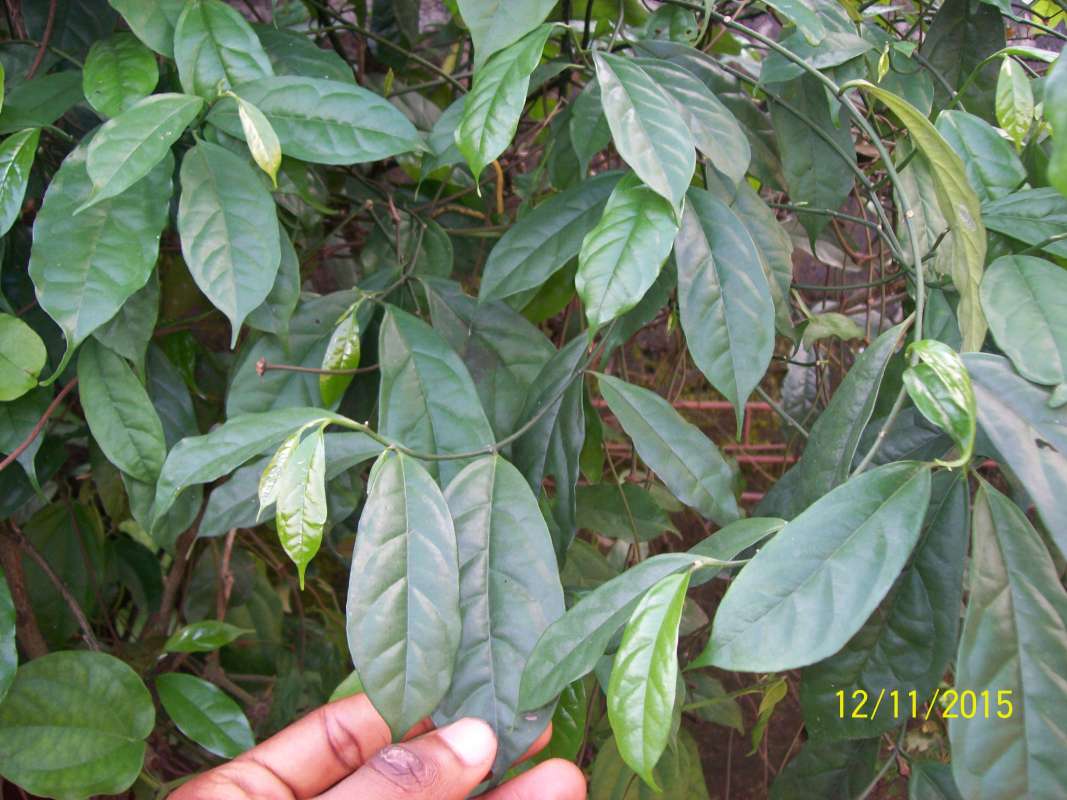SPECIES INFO
Gnetum africanum can be found from the Central African Republic west to Nigeria, Cameroon, Gabon, and Angola. This is also found in the Congo. This is an unusual plant. Although placed in the Gymnosperms, it has leaves and primitive flowers.The Gnetum genus primarily originated in the area from India to Malaysia with a few species found in the Amazon region, and a few species found in west tropical Africa. There are about 30 species of vines, shrubs, and trees in this genus. The leaves are opposite and entire.
The Gnetaceae family can be found primarily in the region from northern India to Malaysia. However, species are also found in the Amazon Basin and also in western Africa. Vines, shrubs, and trees can be found here. The leaves are opposite and entire.
Gnetales comprise an unusual group of plants. Some taxonomists divide this order into three families while others say it consists of a single family. Some taxonomists place this group between the gymnosperms and the flowering plants.
Species can be found in the Old World in southern Europe, northern Africa, Iran area, India, and China. In the New World species can be found in the southwestern USA and Mexico and also in South America in Bolivia, Argentina, and Chile. In North America, these plants have primitive flowers and are usually found as shrubs less than 7 feet high. In North America most are found in dry areas.
Gymnosperms are a group of trees and bushes usually characterized by needles (some have scales) and the production of cones to support the seeds. Most species are evergreen. (The actual technical definition has to do with the method of producing the seed.)
There are over 600 species of Gymnosperms known to science. The largest genus in this group in terms of species is the Pine genus with about 120 species. The second most common genus is the Podocarpus genus which is normally a more tropical group than the Pines.
Kartesz lists 135 species as growing in greater North America, including Hawaii, Puerto Rico, and the Virgin Islands.
Seed plants (Phylum Embryophyta) are generally grouped into one large phylum containing three major classes: the Gymnosperms, the Monocots, and the Dicots. (Some scientists separate the Gymnosperms into a separate phylum and refer to the remaining plants as flowering plants or Angiospermae.)
For North American counts of the number of species in each genus and family, the primary reference has been John T. Kartesz, author of A Synonymized Checklist of the Vascular Flora of the United States, Canada, and Greenland (1994). The geographical scope of his lists include, as part of greater North America, Hawaii, Alaska, Greenland, Puerto Rico, and the Virgin Islands.
Kartesz lists 21,757 species of vascular plants comprising the ferns, gymnosperms and flowering plants as being found in greater North America (including Alaska, Hawaii, Greenland, Puerto Rico and the Virgin Islands.
There are estimates within the scientific world that about half of the listed North American seed plants were originally native with the balance being comprised of Eurasian and tropical plants that have become established.
Plant kingdom contains a large variety of different organisms including mosses, ferns, and seed plants. Most plants manufacture their energy from sunlight and water. Identification of many species is difficult in that most individual plants have characteristics that have variables based on soil moisture, soil chemistry, and sunlight.
Because of the difficulty in learning and identifying different plant groups, specialists have emerged that study only a limited group of plants. These specialists revise the taxonomy and give us detailed descriptions and ranges of the various species. Their results are published in technical journals and written with highly specialized words that apply to a specific group.
On the other hand, there are the nature publishers. These people and companies undertake the challenging task of trying to provide easy to use pictures and descriptions to identify those species.




